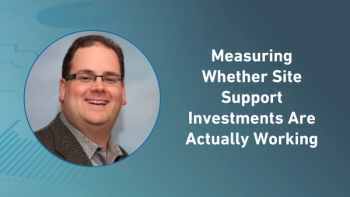
- Applied Clinical Trials-08-01-2015
- Volume 24
- Issue 8
FDA Audits and Protocol Complexity
The number of site audits performed has grown significantly.
An increasing amount of public data on clinical trial research has become available, including ClinicalTrials.gov and Open Payments. In addition, Europe has developed equivalent databases, or is in the process of developing them. The FDA has made its global site audit results available for some time to the public. The number of audits increased substantially, growing from 1,185 in 2008 to 10,264 in 2013, the last full year available. The summary results do indicate that up to 2010, the FDA increased the number of audits outside the U.S. However, since 2011, the percentage of sites audited outside the U.S. has remained stable at 26% to 28%.
The FDA reports results in three categories: no action indicated (NAI), official action indicated (OAI), and voluntary action indicated (VAI). Since 2008, there has been virtually no change in the audit results.
Articles in this issue
over 10 years ago
Patients Gain Added Prominence in Shaping R&Dover 10 years ago
More Collaboration Sought in Pediatric Drug Developmentover 10 years ago
ROI for Patient-Centric Drug Developmentover 10 years ago
Europe's Health Chiefs Look Ahead on Drug R&Dover 10 years ago
Patient’s Voice Finally Being Heard in Diabetes Drug Researchover 10 years ago
Developing a Logical Sourcing Strategyover 10 years ago
eSource Records in Clinical Research: Keeping it Simpleover 10 years ago
De-identifying Data in Clinical Trialsover 10 years ago
Applied Clinical Trials Digital Edition - August/September 2015Newsletter
Stay current in clinical research with Applied Clinical Trials, providing expert insights, regulatory updates, and practical strategies for successful clinical trial design and execution.




